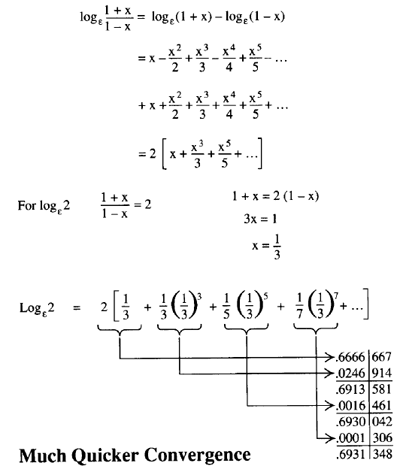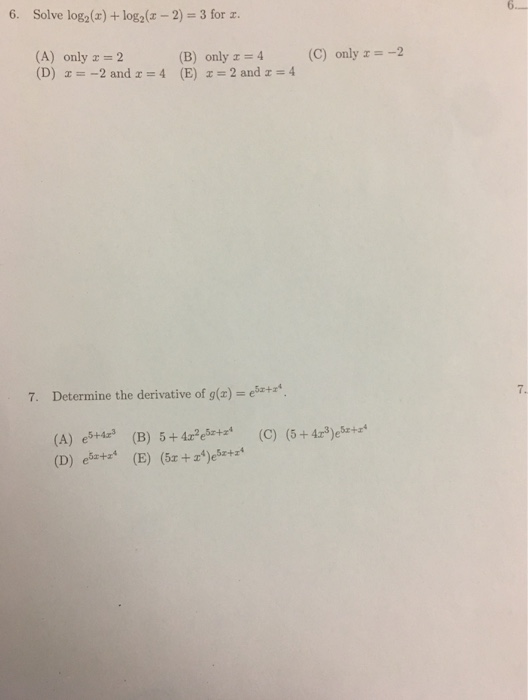

Lets do a little work with the definition again: d dx ax lim x0 ax+x ax x lim x0 axax ax x lim x0ax ax 1 x ax lim x. int() - Integer or floor function \lfloor\cdots\rfloor. As with the sine function, we dont know anything about derivatives that allows us to compute the derivatives of the exponential and logarithmic functions without going back to basics.log() - Usually the natural log ( \log_e), but your instructor may have redefined it to be log base 10 ( \log_.Not all functions are available in all problems. However, using parentheses makes grouping more explicit and are recommended.

#Derivative of log base 2 series#
For example, cosx, cos x, and cos(x) are all equivalent. Derivatives Derivative Applications Limits Integrals Integral Applications Integral Approximation Series ODE Multivariable Calculus Laplace.

In general, functions can be used with or without parentheses. When WeBWorK gives a typeset version of your answer it only uses parentheses so for example it expresses your input of 2 as 2(3(4+5)+6) but you can use whatever you want. 3(4+5) and 2 are valid but 3(4+5} will given the error: Mismatched parentheses: '(' and '}'. f ( x) log b ( x) The derivative of the logarithmic function is given by: f ( x) 1 / ( x ln ( b) ) x is the function argument. You can use any of these in your answer but they must match. List (vector, set, point, etc.) separator Unary minus (indicates that a value is negative)
#Derivative of log base 2 plus#
Unary plus (indicates that a value is positive) Not all operators are available in all problems. Operators recognized by WeBWorK, in order from highest to lowest precedence.


 0 kommentar(er)
0 kommentar(er)
